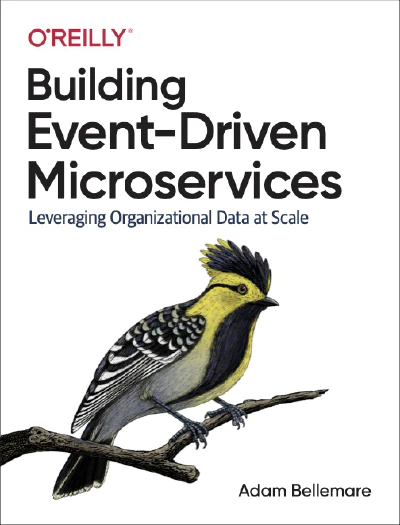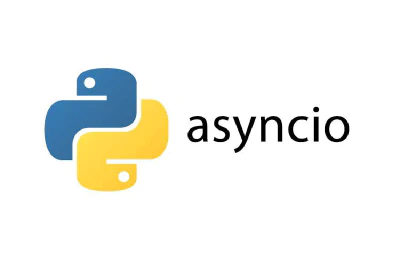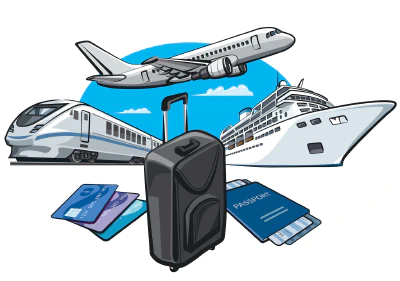
Building Event-Driven Microservices - Chapter 11 - Heavyweight Framework Microservices
Heavyweight Stream Processing Frameworks are another foundation/pattern to build your microservices.
These frameworks are highly scalable and allow you to efficiently solve many analytical tasks. But they are not always good for stateful event-driven microservice application patterns.
Heavyweight frameworks operate using centralized resource clusters, which may require additional operational overhead, monitoring, and coordination to integrate successfully into a microservice framework. However, recent innovations move these frameworks toward container management solutions (CMS) such as Kubernetes that should reduce your efforts.


